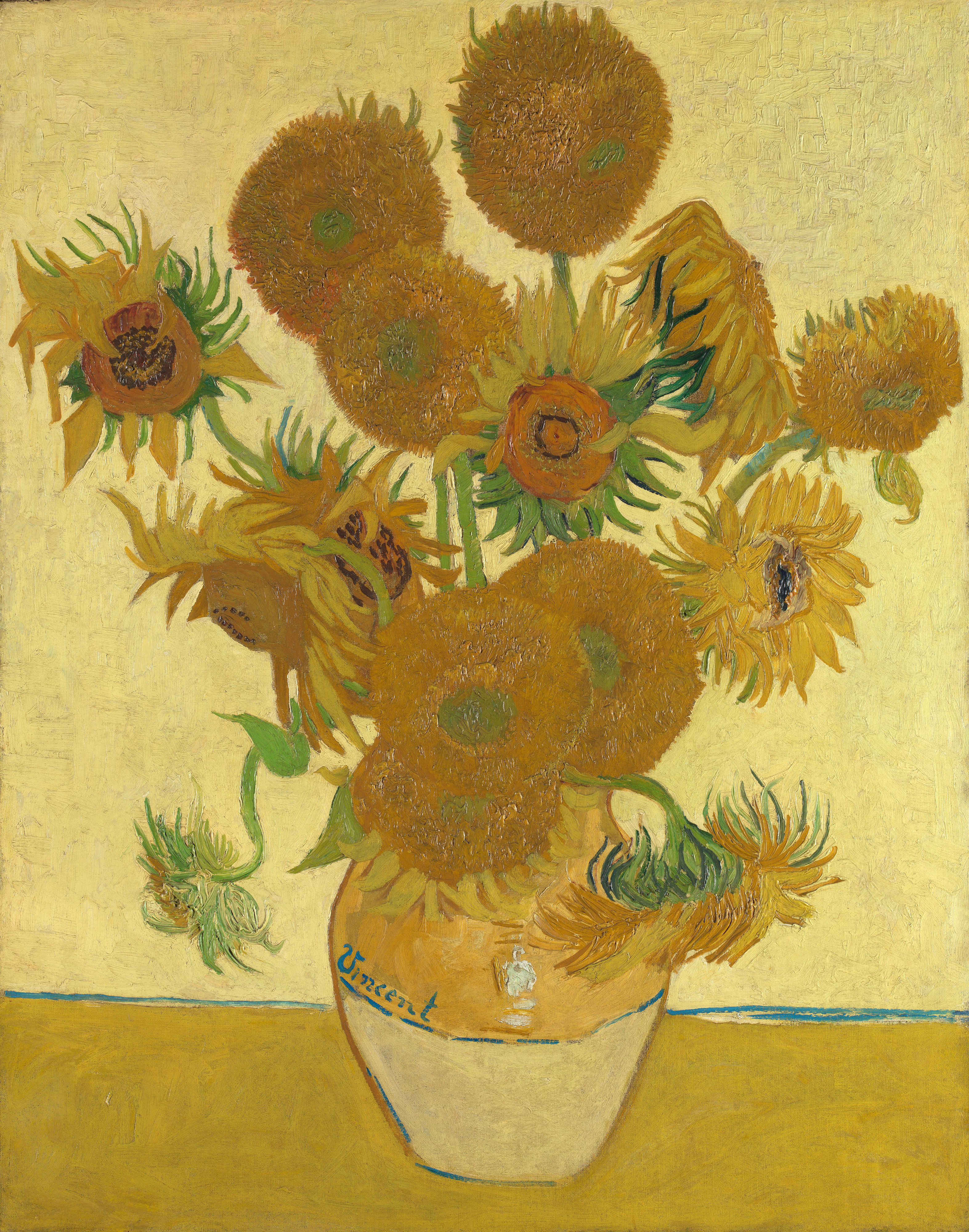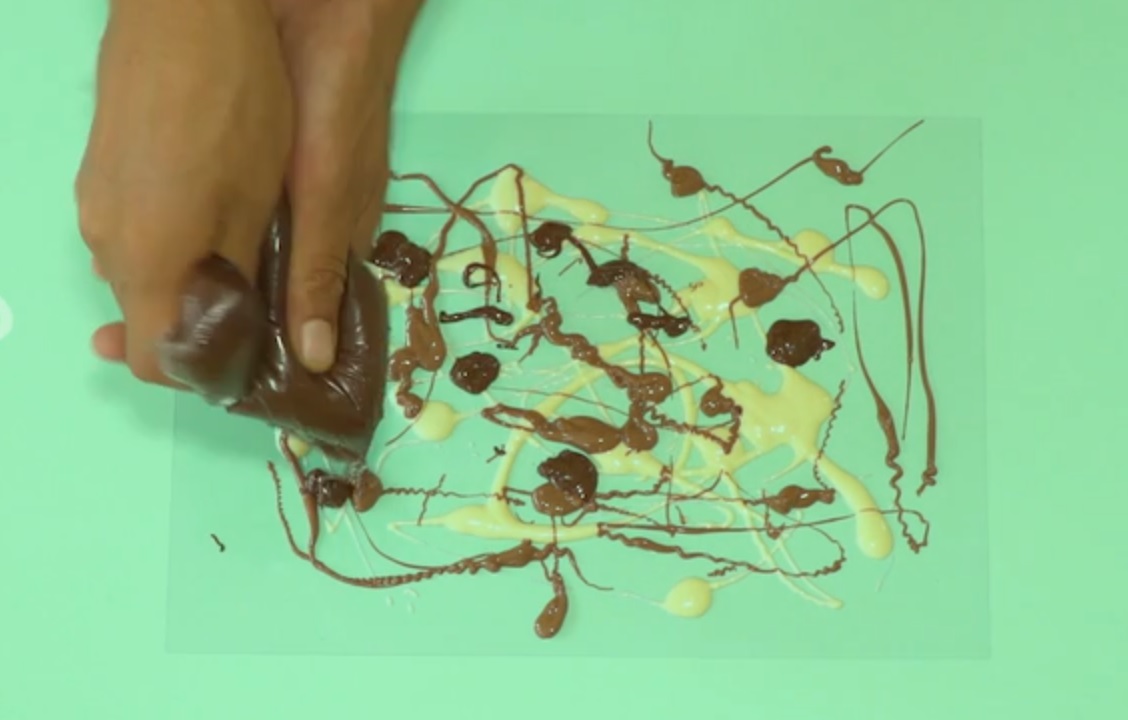Who is Vincent van Gogh?
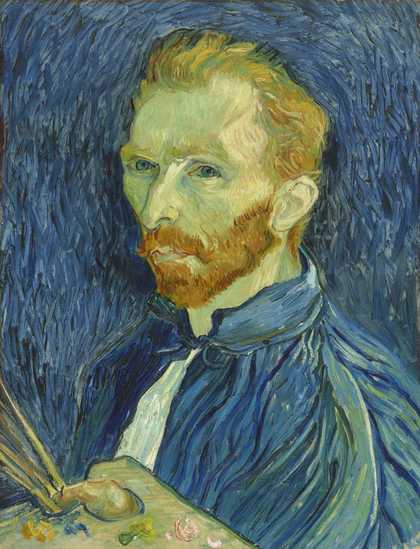
Vincent van Gogh Self Portrait, Autumn 1889 National Gallery of Art (Washington, USA)
Vincent van Gogh is one of the most famous and influential artists in history. He produced some of the most recognisable and popular art in the world. He lived during an incredibly exciting period in the history of art and played an important role in the development of the art movement known as post-impressionism.
Are you ready to learn more about the artist and have a go at creating art like his?
Self-portraits

Illustration by Grace Helmer © Michael O'Mara Books Ltd
Van Gogh is famous for his self-portraits. No one knows exactly how many he created, but over 40 can be seen in museums and galleries around the world today.
He used self-portraits as a way of practising portraits without having to pay models to sit for him.
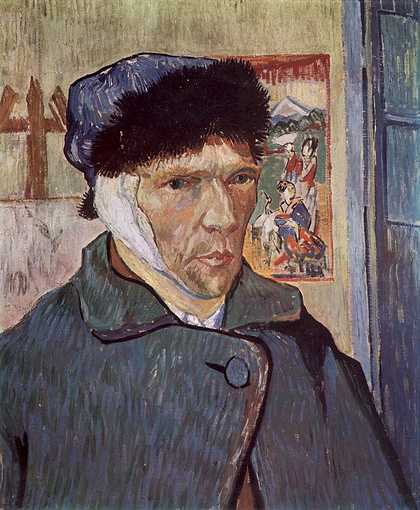
Vincent van Gogh Self-Portrait with Bandaged Ear 1889 © The Courtauld Gallery, London
One of his most famous paintings shows him just weeks after he has cut off part of his ear. The bandage looks like it is on the wrong ear because he painted his self-portraits while looking in the mirror.
Although every portrait is different, van Gogh used some common elements in all of them, such as a serious, intense gaze and his distinctive red hair.
Create a self-portrait

Illustration by Grace Helmer © Michael O'Mara Books Ltd
Look in the mirror and fill these frames with two versions of your own self-portrait.
To make your pictures different, alter things like:
- your facial expression
- your pose
- your hairstyle
- what you are wearing
Choose background colours that reflect different moods. Try:
- Yellow for a happy portrait
- Red if you have drawn an angry portrait
- Blue to give a calm feeling
Expressionism

Illustration by Grace Helmer © Michael O'Mara Books Ltd
Van Gogh wanted to capture a certain mood or emotion with the colours that he chose. His creative use of colour played an important role in the development of what were to become famous movements in art history - fauvism and expressionism.

Vincent van Gogh Sunflowers 1888 National Gallery, London
Van Gogh's Sunflowers show how colour can be used powerfully to capture a feeling. Painted to welcome his friend, Paul Gauguin, to the house they shared, the series of four paintings were created with vibrant yellow and orange tones and are brimming with joy and excitement.
Your turn ...

Illustration by Grace Helmer © Michael O'Mara Books Ltd
Colour these sunflowers without thinking about how they should look. Instead, choose shades that reflect how you feel right now.
Mark making
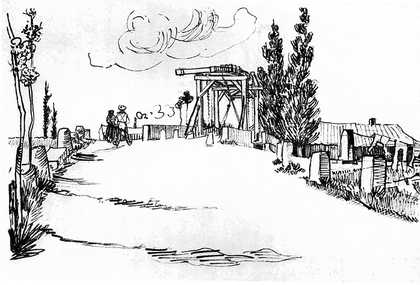
Vincent van Gogh Langlois Brücke at Arles May 1888
Although he is most famous for his paintings, van Gogh believed that drawing, based around simple mark making, was 'the root of everything', and he spent a lot of time practising his skills.
His marks were stand-alone and rarely blended or merged with each other.
Why don't you try? Do you like your lines to be soft and wavey or thick and straight?
Have a go ...

Illustration by Grace Helmer © Michael O'Mara Books Ltd
Using a charcoal or a soft pencil, complete these drawings using different types of marks to add movement and texture.
Have a go at:
- A swishy-tailed, long-haired dog
- A windmill with rotating blades
- An explosive firework
- A glowing crescent moon in a stormy sky
Activities from The Van Gogh Activity Book, available from Michael O'Mara Books. Please visit this website with an adult.
